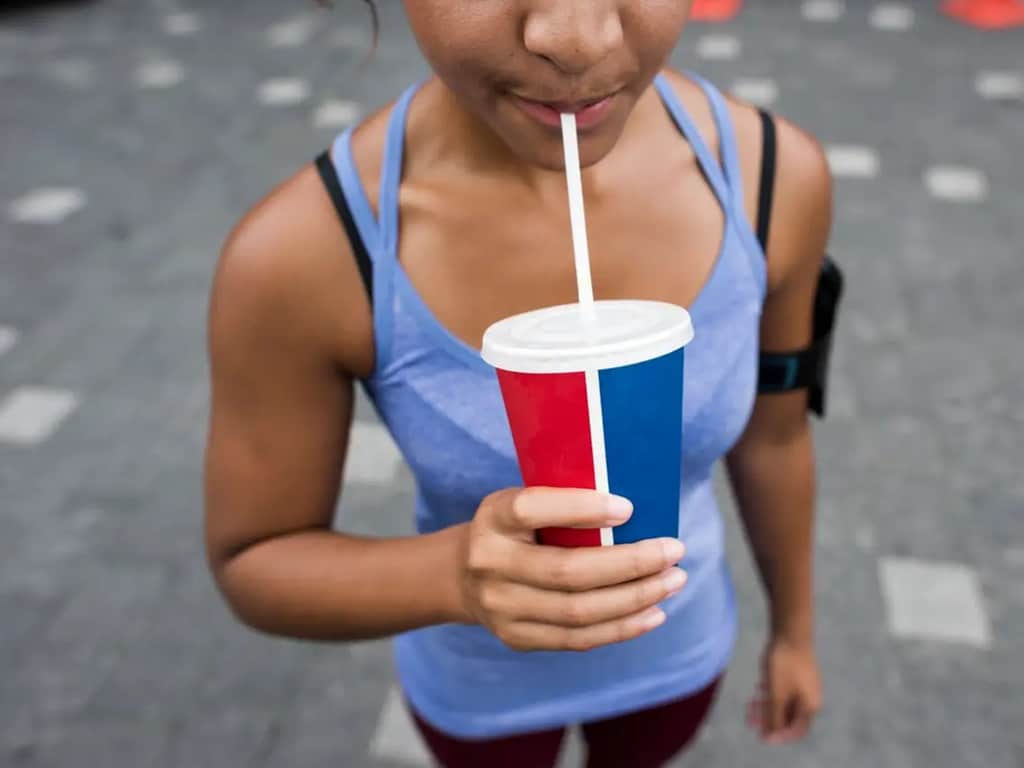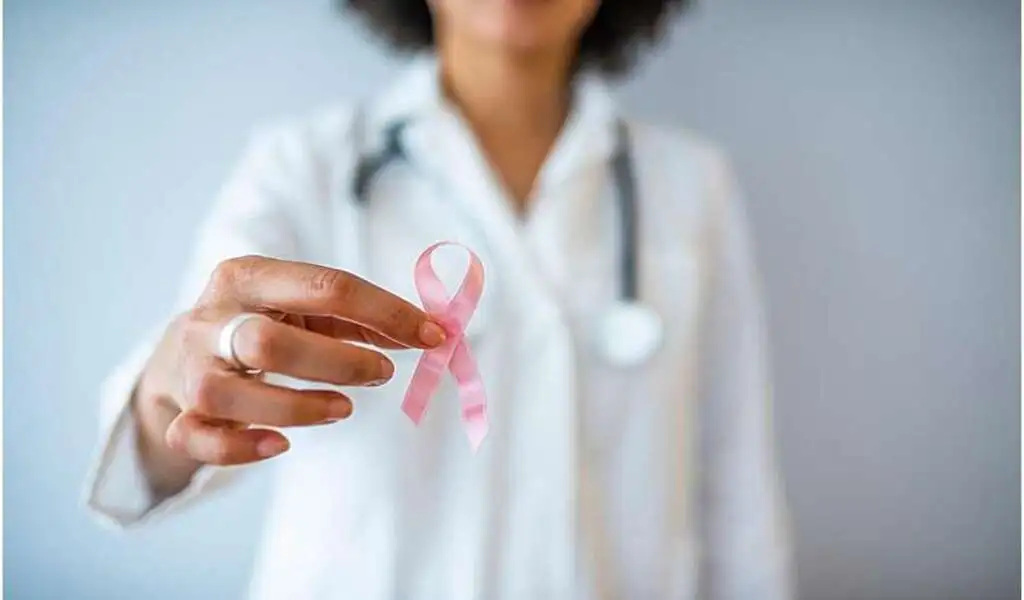Health
‘Destroying Thai Children for Sport’: Thailand May Limit Underage Muay Thai Boxing
THAT PHANOM – Sprawled on a bamboo mat, Supattra Inthirat closed her eyes as her father massaged her hard arms with oil and menthol. In preparation for her 15th muay Thai bout, her father whispered a prayer into her ear.
When Supattra, a 12-year-old fighter known as Pancake, faced her rival and 400 fans under halogen lights, she would be fighting for a purpose: $60, almost a half of a month’s salary for Thai families in this region.
“She will be a champion,” he said. “She must train early to build up her boxing bones.”
Across Thailand, muay Thai is a hallowed style of kickboxing propelled by both rich and poor. For the poor, it can be a form of social mobility, a means for muscled young boxers to fight their families’ way into the burgeoning middle class. For the rich, it’s a brutal gambling form in which tens of thousands of dollars can be won and lost each night.
Last month those worlds collided just south of Bangkok when Anucha Tasako, 13, died of a brain hemorrhage after being knocked out in a muay Thai fight. Video of the knockout showed five fierce blows to the head, then Anucha limply buckling to the ground as the referee tried to stop the action. Two days later, Anucha died in a hospital. He had fought an astonishing 174 bouts since the age of 8.

Pancake preparing with her father before a fight. Coming from a middle-class family, she is one of the luckier boxers, able to train with her father, a former fighter himself, in their makeshift home gym. – Photo tBen C. Solomon
–
Now Thailand has been left to reconsider the brutality of a sport involving underage fighters and the shadowy gambling economy built around it.
“It’s child labor and child abuse,” said Dr. Jiraporn Laothamatas, a neuroradiologist leading the charge to ban boxing by children. Last month she released a seven-year study on the effect of muay Thai on children’s brains, showing a steady drop in IQ and brain function for those who fight. “These kids earn. They feed their families and their promoters with their winning. We are destroying our children for sport.”
Anucha’s death stirred a wave of shock and anger across the nation, leading Thai lawmakers to propose a measure that could put stringent limits on fights and bar children younger than 12 from competitive boxing.
“This will destroy muay Thai,” said Dr. Sudhichai Chokekijchai, a doctor for professional boxers in Bangkok and a fight enthusiast. “We should be focused on prevention instead of pushing kids away. They are fighting for their lives.”
The national rules state that boxers over 15 are required to register to fight officially. For competitors under that age, the rules are vague, requiring only parental permission and offering little guidance on gambling and safety.
Most fights happen off the books, though. A Thai investigative journalism center reported that only 10,373 child fighters had registered between 2010 to 2017, while according to boxing officials nearly 200,000 children under 15 regularly compete.

15-year-old Kaemanee Chanthawong training at her local gym in Nakhon Phanom. Thailand has been left to reconsider the brutality of a sport involving underage fighters and the shadowy gambling economy built around it.- Photo Ben C. Solomon
–
“It’s in our blood to fight,” Dr. Sudhichai said. “These laws will only push people away from doing it safely. These kids are healthy, they stay away from drugs and crimes. How will the government support them if they take fighting away?”
Muay Thai is known as the art of eight limbs, mixing kicking, punching, kneeing and elbowing to defeat an opponent. Fights are typically five rounds of three minutes of fighting with no headgear and competitors wearing 10 ounce gloves. Over the past 400 years, it has grown from a local sport form into a worldwide phenomenon popularized by films, video games and fitness enthusiasts.
In Thailand, muay Thai competitions have managed to stay outside the child protection and labor laws, which designate that only salaried children are considered workers. Money won in muay Thai fights is considered an award and is legal.
In the poorer and more rural regions of Thailand, where child boxing has its strongest following, that money can become an important buoy. Compared with families that may earn an average of $200 a month working farms and rice paddies, a budding child fighter can bring in $60 to $600 for a victory — or even more for a knockout.
“Do you want them to play golf?” said Sukit Parekrithawet, a lawyer who defends fighter rights. “Every famous professional boxer starts at 7 years old.”
For fighters, a life of discipline and dedication begins early. In small, makeshift training camps in rural parts of Thailand, children punch with rotting gloves and donated bags, working their way up the ranks as they grow.

A young fighter training at the Jitmuangnon Gym in Bangkok. National rules require boxers over 15 to register to fight officially, but the rules for younger competitors are vague. – Photo Ben C. Solomon
–
The best of them are recruited by Bangkok fight gyms. These act as makeshift boarding schools, where the elite young fighters live piled together on tiny mattress away from their families and follow a rigorous training routine. At 4:30 a.m., a six-mile run in the dark. Boxing from 5:30 to 7. School until the afternoon, then another training session until the sun goes down.
The dream is to go pro. At the famous Rajadamnern Stadium in Bangkok, muay Thai bouts are held four times a week. Middle-aged Thai men and foreign tourists pack into dim wings of the stadium, drinking beer and shoving their hands into the air in an elaborate array of motions signaling their bets. Whether it’s per round or per fight, wagers can easily jump from $50 to $500 in an instant.
Pancake’s career has had a promising start. Girls are relatively new to muay Thai, but comprise a growing sector, and Pancake has won 12 of her last 14 competitions. Coming from a middle-class family, she is one of the luckier boxers, able to train with her father, a former fighter himself, in their makeshift home gym.
On the night of her fight, she climbed into the ring to face another 12-year-old girl. Before the bell, the two wore stony faces and performed a swirling, traditional warm-up dance. Over a loudspeaker, an announcer called out the nicknames of others on the lineup: Super Small, Mint, Diamond Lighting, Diamond Cactus and Sidewalk Flower.
After five rounds of flailing arms and legs, the two girls walked off, faces sweaty and battered. The judges’ unanimous decision: Pancake had lost. Her father gathered her things.
“She’ll need to train harder,” he said.
By Ben C. Solomon
New York Times

Health
Report Causes Pfizer Stock to Climb Approximately $1 Billion Acquired by Starboard

(VOR News) – According to a rumor that activist investor Pfizer Starboard Value has taken a holding in the struggling pharmaceutical business that is expected to be worth around one billion dollars, the stock of Pfizer (PFE) is on the increase in premarket trading on Monday.
This comes after the report was made public. The report was made available to the general public following this. Starboard Value was successful in moving forward with the acquisition of the position.
Starboard is said to have approached Ian Read, a former chief executive officer of Pfizer, and Frank D’Amelio, a former chief financial officer, in order to seek assistance with its goals of boosting the performance of the company, according to the Wall Street Journal. Read and D’Amelio are both former Pfizer executives.
The purpose of this is to facilitate the accomplishment of its objectives, which include enhancing the overall performance of the firm.
In their previous jobs, D’Amelio and Read were chief financial officers.
It is stated in the report that the hedge fund is of the opinion that Pfizer, which is currently being managed by Albert Bourla, who succeeded Read as Chief Executive Officer (CEO) in 2019, does not demonstrate the same level of mergers and acquisitions (M&A) discipline that Read did. Bourla took over for Read in 2019. Read was succeeded by Bourla in the year 2019.
Pfizer, a multinational pharmaceutical conglomerate, has made substantial investments in the acquisition of more companies that are involved in the research and development of cancer medicines.
These businesses have been acquired for billions of dollars. The biotechnology company Seagen, which was acquired by Pfizer in the previous year for a price of $43 billion, is included in this category. One of the businesses that can be classified as belonging to this category is Seagen.
In spite of the fact that the S&P 500 Index experienced a 21% increase in 2024.
No major trading occurred in Pfizer stock that year.
Due to the fact that the demand for Pfizer’s COVID-19 vaccines fell after the firm reached its pandemic peak in 2021, the share price of the corporation has decreased by over fifty percent since that time.
This drop has occurred ever since the company’s shares reached their maximum peak, which was during the time that this decline occurred. Not only have they not changed at all, but they have also remained essentially stable. This is in contrast to the S&P 500, which has gained 21% since the beginning of this year.
Recently, the corporation was forced to take a hit when it decided to recall all of the sickle cell illness medications that it had distributed all over the world.
Fears that the prescription could lead patients to experience severe agony and possibly even death were the impetus for the decision to recall the product. In spite of the fact that Pfizer’s stock is increasing by almost three percent as a result of the news that followed the company’s decision, this is the circumstance that has come about.
SOURCE: IPN
SEE ALSO:
New Study Reveals Drinking Soda Pop Increases the Risk of Stroke
The Mpox Vaccine’s Protection Decreases Within a Year; Booster Requirements
Health
New Study Reveals Drinking Soda Pop Increases the Risk of Stroke

A recent report from global research indicates that excessive consumption of coffee or soda pop is associated with an increased risk of stroke, although the intake of black and green tea is correlated with a reduced risk. Excessive consumption of soda pop or coffee warrants caution!
Recent research indicates that it may substantially elevate the risk of stroke.
Consuming four cups of coffee daily elevates the risk of stroke, according to studies, although ingesting 3-4 cups of black or green tea daily typically offers protection against stroke. Additionally, consume more coffee; it may reduce your risk of mortality.
Recent findings from global research studies co-led by the University of Galway and McMaster University, alongside an international consortium of stroke researchers, indicate that soda, encompassing both sugar-sweetened and artificially sweetened variants such as diet or zero sugar, is associated with a 22 percent heightened risk of stroke. The risk escalated significantly with the consumption of two or more of these beverages daily.
Stroke Risk Fizzy Drinks and Soda Pop
The correlation between fizzy drinks consumption and stroke risk was most pronounced in Europe, the Middle East, Africa, and South America. Women exhibit the most elevated risk of stroke from bleeding (intracranial hemorrhage) associated with fruit juice beverages. Consuming over 7 cups of water daily diminishes the likelihood of stroke due to a clot.
Researchers observed that numerous items advertised as fruit juice are derived from concentrates and have added sugars and preservatives, potentially negating the advantages often associated with fresh fruit and instead elevating stroke risk.
Fruit juice beverages were associated with a 37 percent heightened risk of stroke resulting from bleeding (intracranial hemorrhage). Consuming two of these beverages daily increases the risk thrice.
Consuming over four cups of coffee daily elevates the risk of stroke by 37 percent, although lower consumption levels do not correlate with stroke risk. Conversely, tea consumption was associated with an 18-20 percent reduction in stroke risk. Additionally, consuming 3-4 cups daily of black tea, such as Breakfast and Earl Grey varieties, excluding green and herbal teas, was associated with a 29 percent reduced risk of stroke.
Consuming 3-4 cups of green tea daily was associated with a 27 percent reduction in stroke risk. Notably, the addition of milk may diminish or inhibit the advantageous effects of antioxidants present in tea. The lower risk of stroke associated with tea consumption was negated for individuals who added milk.
Disclaimer: This article is intended solely for informational reasons and should not be considered a replacement for professional medical counsel. Consistently consult your physician regarding any inquiries pertaining to a medical problem.
Related News:
Starbucks Faces Sales Decline Amid Price Fatigue and Rising Competition
Starbucks Faces Sales Decline Amid Price Fatigue and Rising Competition
Health
Following a Diagnosis of Breast Cancer, What Else Should You Know?

(VOR News) – Even though breast cancer affects one in eight American women, receiving a diagnosis can make a woman feel isolated.
Experts in breast cancer from the American College of Physicians (ACS) advise patients on how to manage their disease so that they may better cope with this awful information.
First, the kind and stage of breast cancer dictates the course of your care.
In addition to immunotherapy and chemotherapy, there are various surgical options available for the treatment of breast cancer.
Women of African descent are disproportionately affected by triple-negative breast cancer, an extremely aggressive form of the disease that has never proven easy to treat.
According to the American Cancer Society, pembrolizumab (Keytruda), an immunotherapy, has been shown to be helpful when combined with chemotherapy and is currently the recommended course of treatment for certain combinations of triple-negative breast cancer.
In her presentation, Dr. Katharine Yao said, “It’s really important that the patient and physician discuss the patient’s preferences and values when deciding what type of treatment to pursue and that they have an honest, individualized discussion with their care team.”
She is currently responsible for developing breast cancer treatment recommendations for more than 575 hospitals and institutions nationwide in her role as chair of the American College of Surgeons’ National Accreditation Program for Breast Institutions (NAPBC).
Yao, vice chair of research at Endeavor Health NorthShore Hospitals in New York, pointed out that each decision made about a patient’s treatment plan should take her preferences and diagnosis into consideration.
She ought to think about whether she would prefer a mastectomy—a surgical procedure that involves removing the entire breast with or without reconstruction—or a lumpectomy, which involves a surgical procedure that spares part of the breast tissue.
She stated that “the breast cancer you have may be very different from the breast cancer you hear about in your neighbor, colleague, or friend” in a press release issued by the American Cancer Society (ACS).
“Consider that while discussing breast cancer with others.”
Throughout your journey, it is critical that you look after your emotional health because having breast cancer may have a detrimental impact on your mental health.
“Getting a cancer diagnosis does not mean that everything in your life stops to be normal.” Director of the Fellowship in the Diseases of the Breast program at the Winthrop P. Rockefeller Cancer Institute at the University of Arkansas and state head of the American Cancer Society Commission on Cancer for Arkansas, Dr. Daniela Ochoa She thinks adding the burden of a cancer diagnosis and treatment to all the other pressures in life may be taxing.
“Managing stress and emotional health is vital component of a treatment plan.”
Ochoa recommends clinically trained psychologists and social workers who have assisted people in coping with cancer to anyone receiving treatment. Learning coping techniques might also be facilitated by joining cancer support groups or cancer wellness initiatives.
Breast cancer specialists say your care team is crucial.
The American Cancer Society (ACS) defines comprehensive care as having support at every stage of the procedure from surgeons, oncologists, patient navigators, nurses, social workers, psychologists, and other specialists.
After receiving a breast cancer diagnosis, women should see a surgeon or medical oncologist to explore their options; nevertheless, treatment shouldn’t be discontinued after just one appointment or after surgery is over.
Additionally, you can ask trustworthy friends or family members to accompany you to appointments and aid you with research or notes. They could serve as a network of support for you.
Yao stated in his talk that “one of the most important things is that patients should search out a team they have confidence in, that they trust will have their back when they need it, and a team they feel they can get access to and that will help them when they are in need.”
SOURCE: MP
SEE ALSO:
The Mpox Vaccine’s Protection Decreases Within a Year; Booster Requirements
COVID was a Paradigm Shift in Health Policymaking, Says Commissioner Stella Kyriakides.
Rwanda Reports 8 Deaths Linked To Ebola-Like Marburg Virus Days After It Declared An Outbreak
-

 News3 years ago
News3 years agoLet’s Know About Ultra High Net Worth Individual
-
Entertainment2 years ago
Mabelle Prior: The Voice of Hope, Resilience, and Diversity Inspiring Generations
-

 Health4 years ago
Health4 years agoHow Much Ivermectin Should You Take?
-

 Tech2 years ago
Tech2 years agoTop Forex Brokers of 2023: Reviews and Analysis for Successful Trading
-

 Lifestyles3 years ago
Lifestyles3 years agoAries Soulmate Signs
-

 Movies2 years ago
Movies2 years agoWhat Should I Do If Disney Plus Keeps Logging Me Out of TV?
-

 Health3 years ago
Health3 years agoCan I Buy Ivermectin Without A Prescription in the USA?
-

 Learning3 years ago
Learning3 years agoVirtual Numbers: What Are They For?